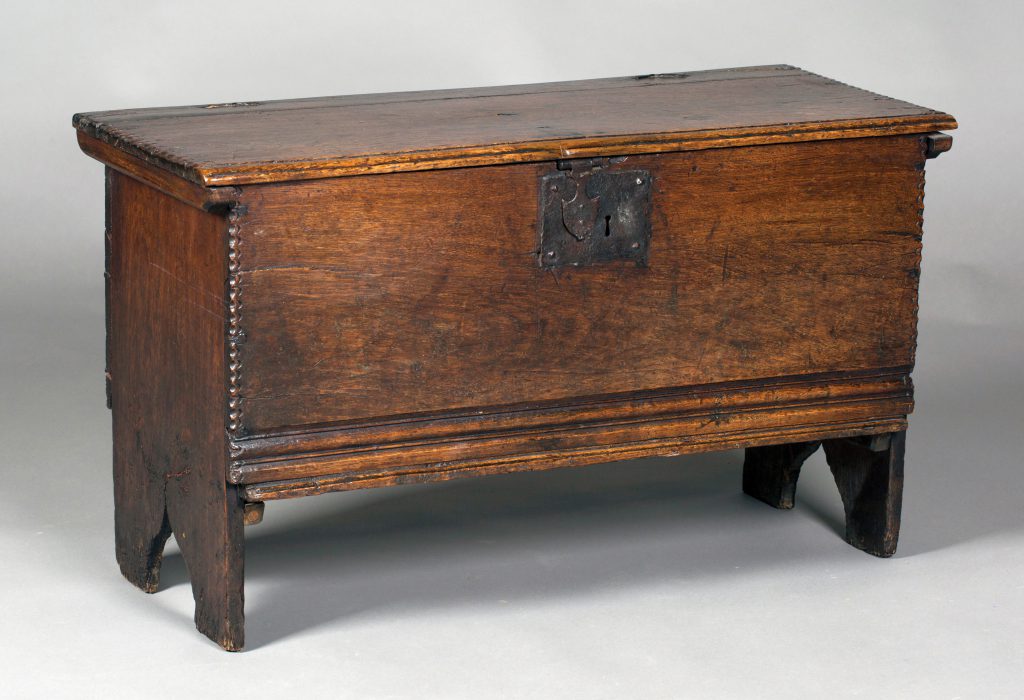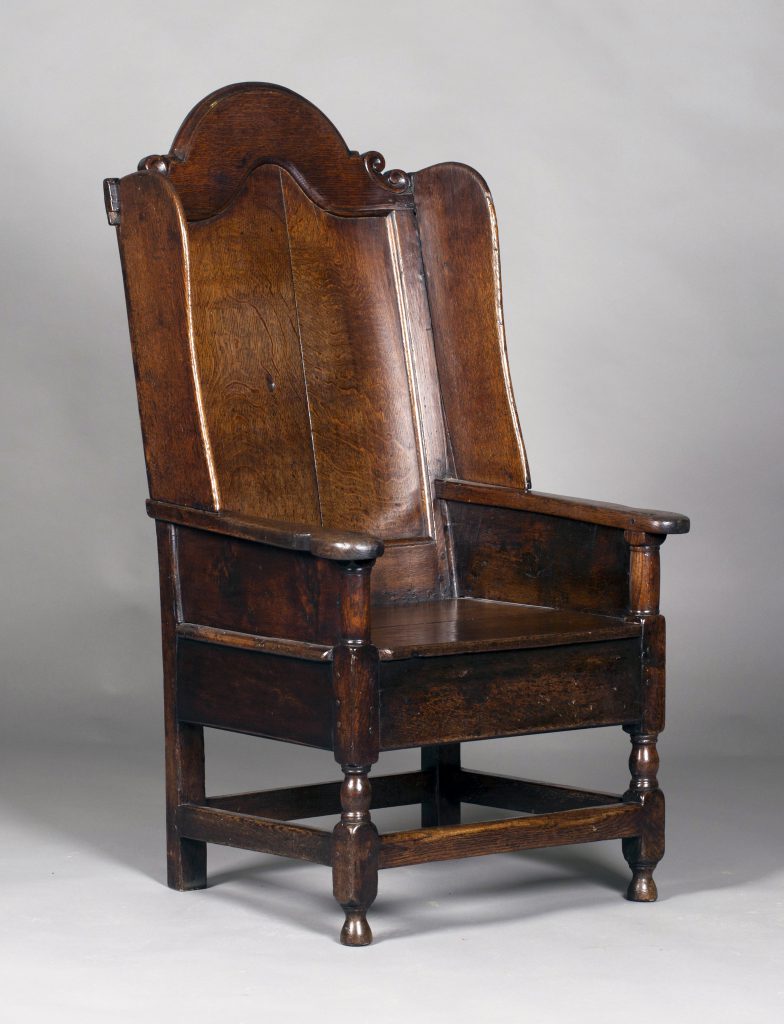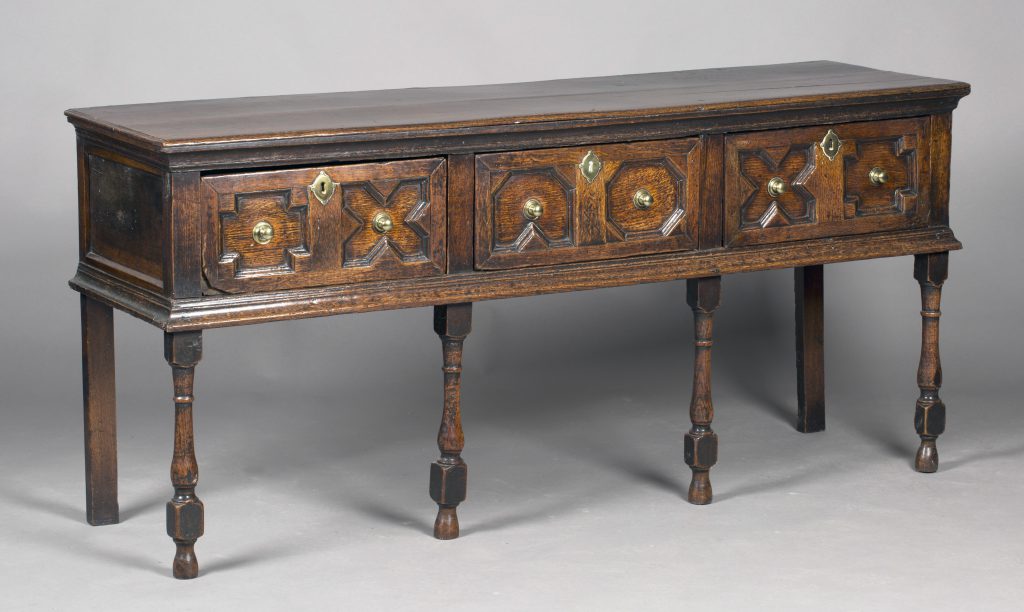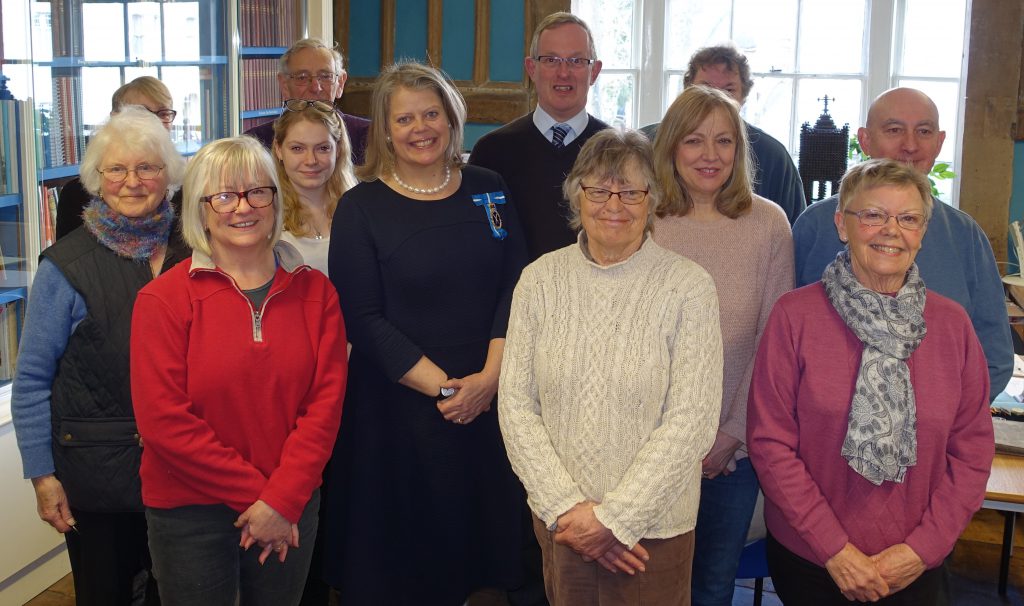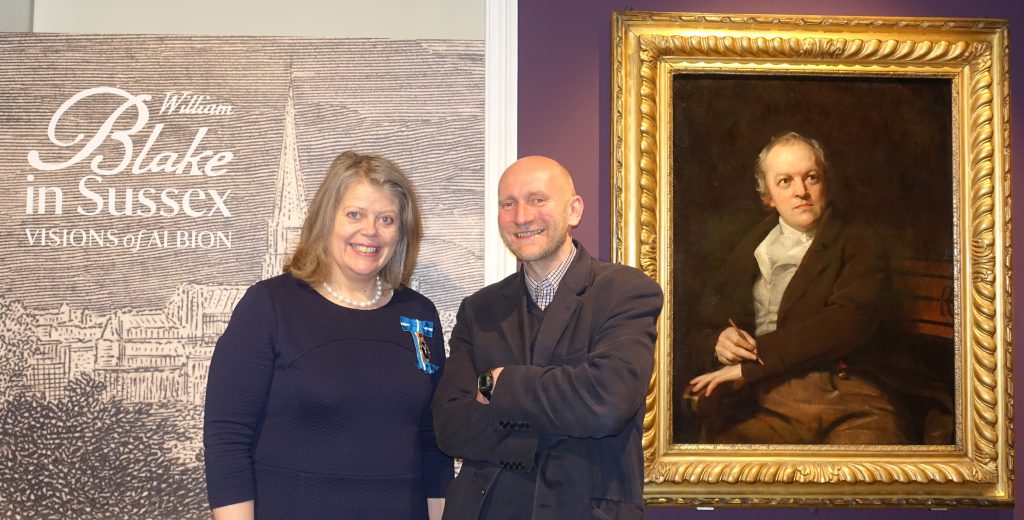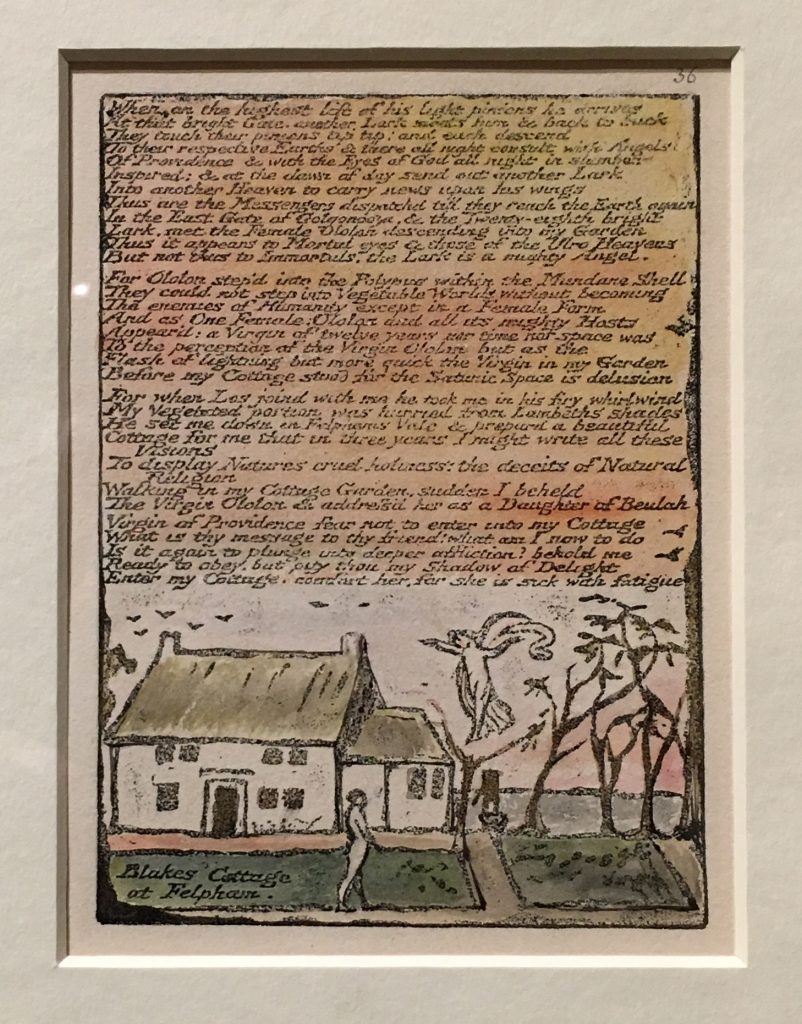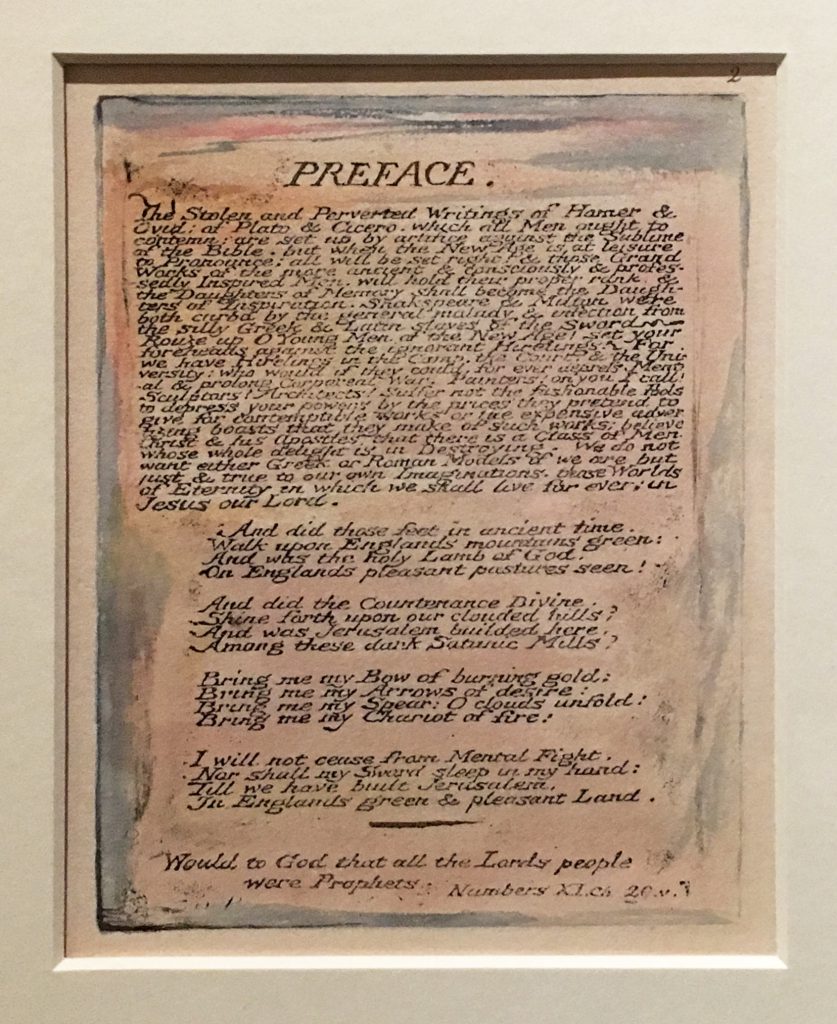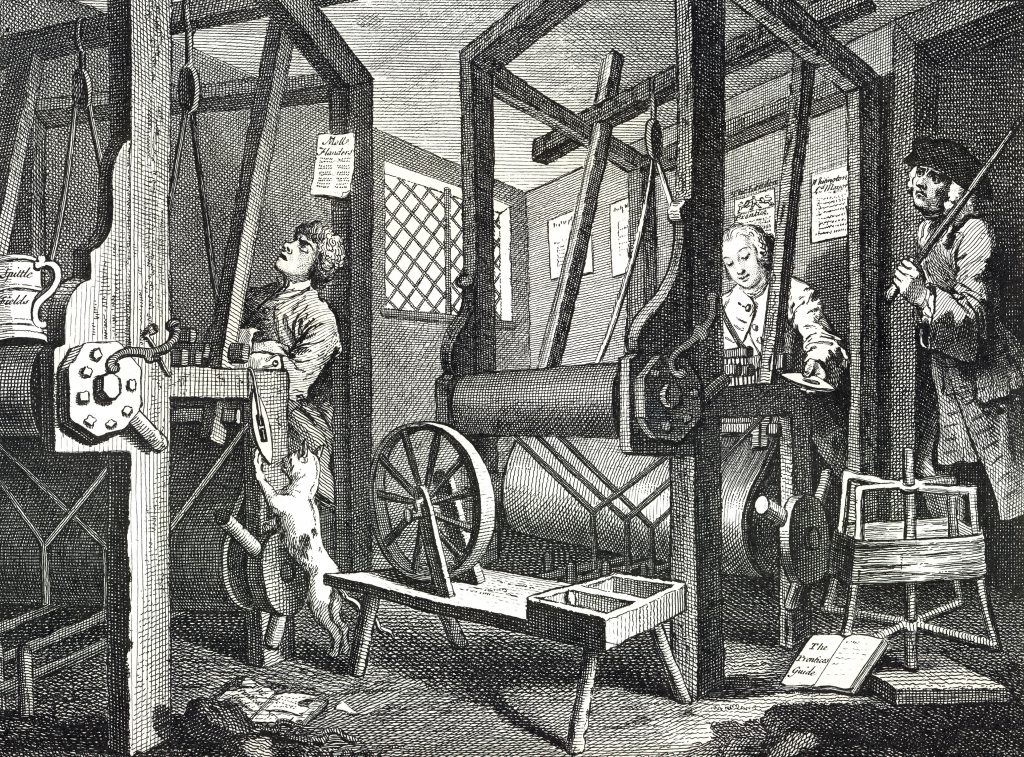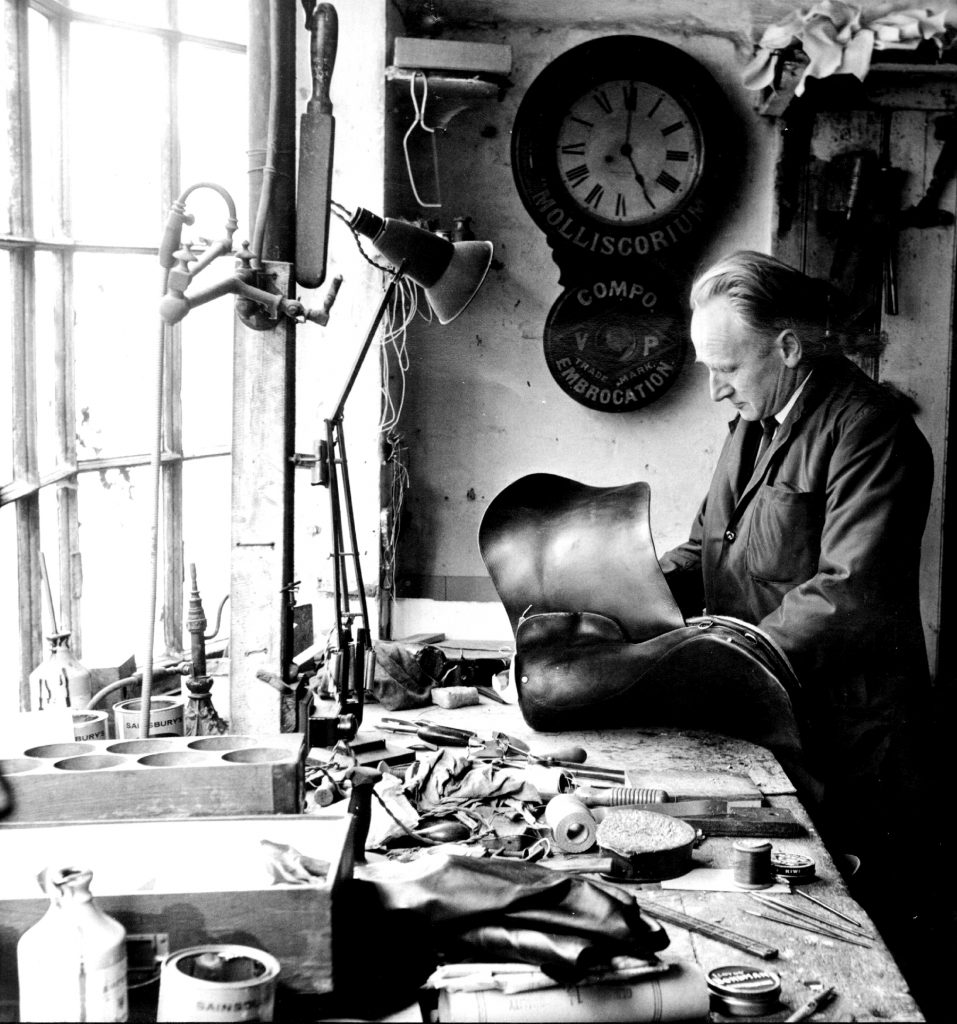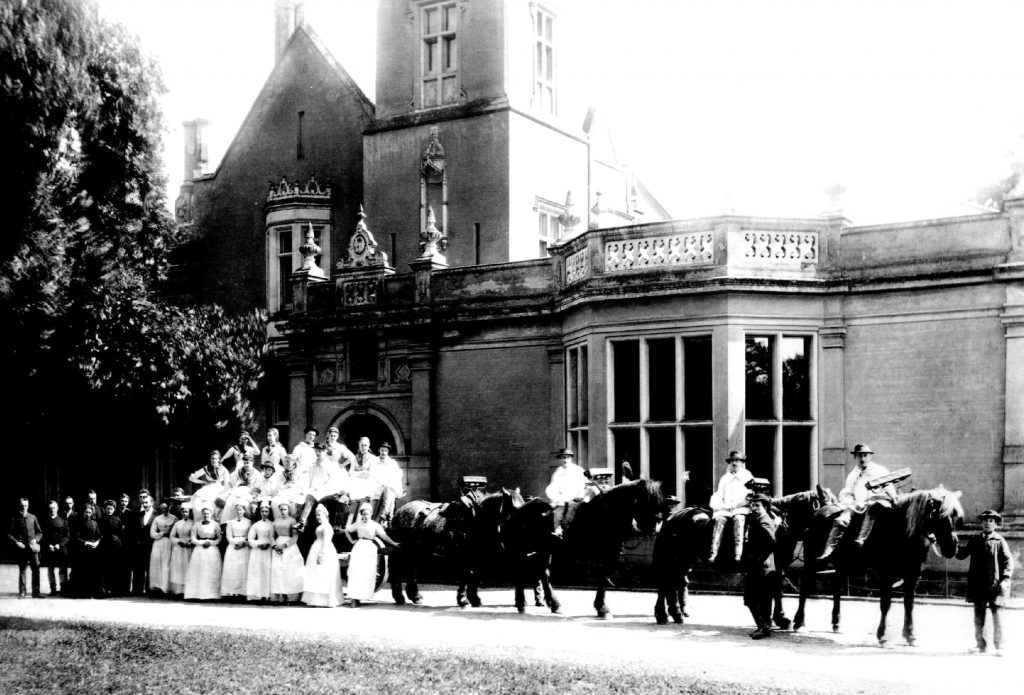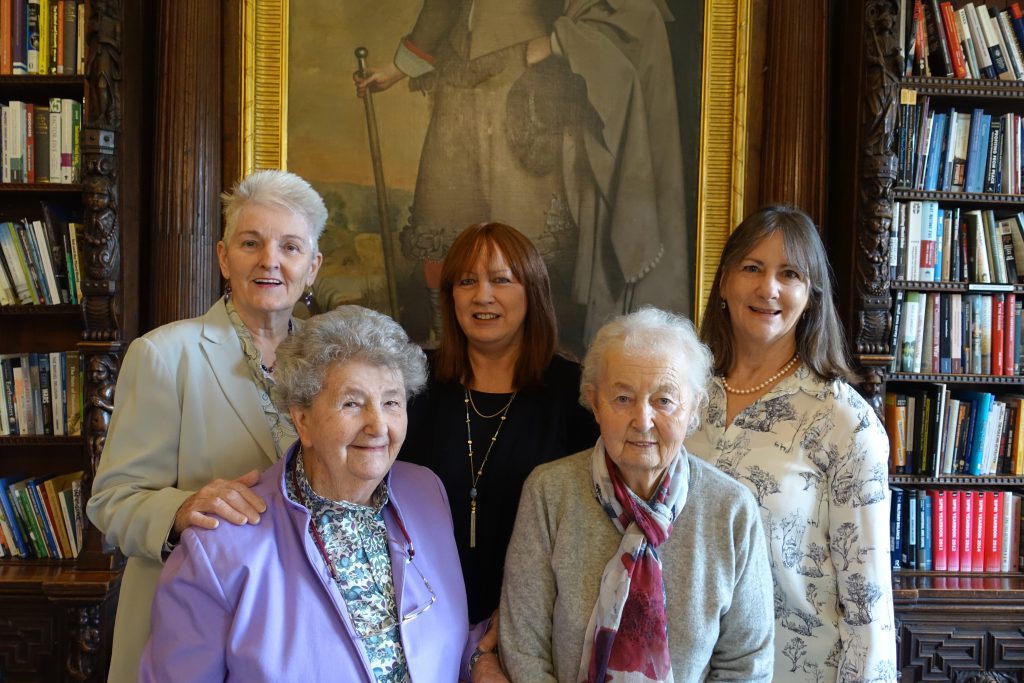
A window into the life of a Sussex family and an English Country House is eloquently told through the lives of members of the Goring family in ‘Lives, Loves and Letters – The Goring Family of Wiston, Sussex 1743-1905’.
As I approach Wiston House my eye is met by a pastoral scene which seems timeless. The house sits confidently in its parkland landscape against the backdrop of the Sussex Downs beneath Chanctonbury Ring.
I am meeting the talented team responsible for this beautifully written and illustrated book. It follows in the spirited tradition in Sussex of the Private Press – books published by independent and lively minds.
As we gather in the panelled library at Wiston House Jane Goring describes how her brother, Harry arrived at her home in 2004 and placed an old, wooden Wiston Estate box on her kitchen table. It was filled with letters, diaries and loose paper which had lain forgotten. Jane gathered about her a talented team, Jill Turner, Secretary to the Wiston Estate for many years, and the qualified historians, Joyce Sleight and Janet Pennington, both of whom have skills in palaeography. The painstaking work of transcribing, archiving and cross-checking began.
It became apparent to them that these primary source documents provided very personal insights into important sweeps of British history. The group met regularly to discuss, precis and check one another’s work. There is a quality of real academic rigour in the writing. A fifth member, Janine Harvey, joined the group later in 2012. With her expert IT skills a draft of what would be the finished book began to take shape. This labour of love would take thirteen years.
Joyce Sleight is a bit of a home-grown hero for me. She was an inspirational teacher at Steyning Grammar School and inspired a passion for history which continues to inform my life. In this book she and the team express an excitement and rigour in their subject which captures the reader’s imagination.
The strength of the book’s narrative immerses you in the rich procession of history across three centuries told through the very personal accounts of members of the Goring family. Its scholarly but accessible style provides a textural and rich interpretation of the primary source material.
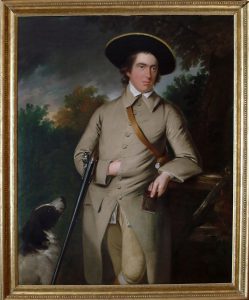
One of my favourite characters brought to life in the book is Charles Goring (1744-1829), a scholar and agriculturalist he wrote poetry and was responsible for planting one of our county’s most famous landmarks, Chanctonbury Ring.
The group are keen to express their gratitude to Harry Goring, the owner of the Wiston Estate, for allowing them to research this material and for generously consenting to them using rarely seen illustrations and images from the family collection.
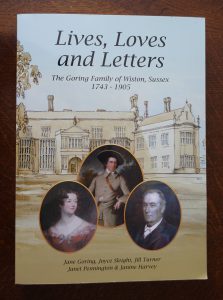
This extraordinary book ‘Lives, Loves and Letters – The Goring Family of Wiston, Sussex 1743-1905’ is available from the Steyning Museum, the Steyning Bookshop and from the book’s dedicated website. To find out more go to www.liveslovesandletters.co.uk.
By Rupert Toovey, a senior director of Toovey’s, the leading fine art auction house in West Sussex, based on the A24 at Washington. Originally published in the West Sussex Gazette.
